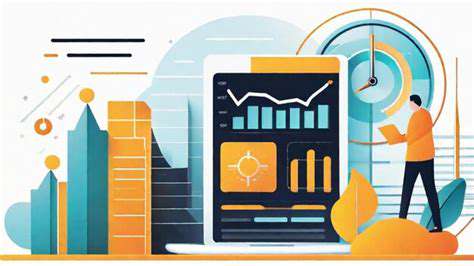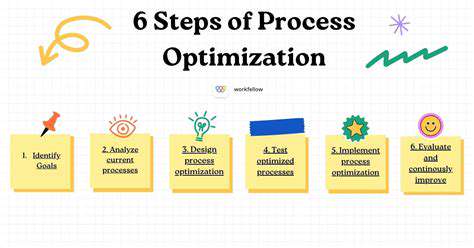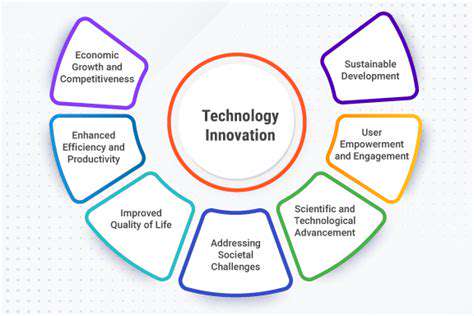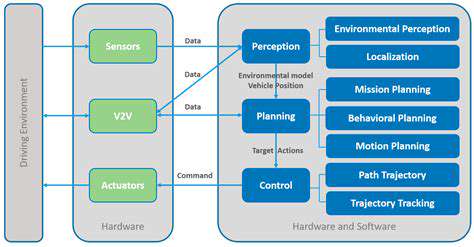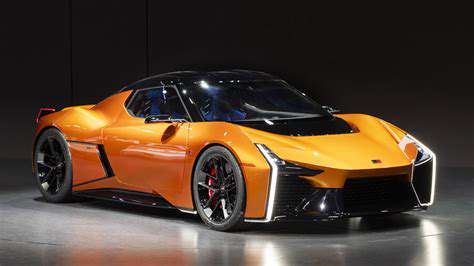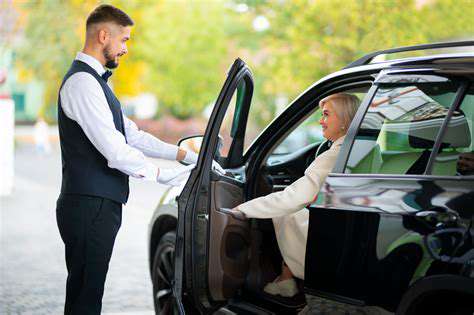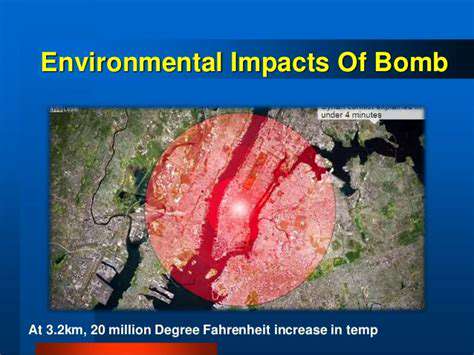Choosing Your Route and Destinations
Mapping out your journey is the first step to a successful EV adventure. Rather than just plotting points A to B, take time to research interesting stops along your route. Consider how scenic routes might affect your battery life differently than highways. I've found that building in extra time for unexpected discoveries often makes the trip more memorable. Local tourism boards can be goldmines for finding off-the-beaten-path charging locations near attractions.
Understanding Your EV's Range and Charging Needs
Your vehicle's manual provides baseline numbers, but real-world range varies dramatically. Through my own road trips, I've learned that running the AC on hot days can drain the battery 10-15% faster than expected. It's wise to assume your actual range will be about 20% less than the manufacturer's estimate, especially when carrying heavy luggage or climbing mountains. The type of charger your car accepts (CCS, CHAdeMO, or Tesla) will determine which stations you can use.
Identifying Potential Charging Stations
While apps like PlugShare are invaluable, I always cross-reference with at least two other sources. Last summer, I arrived at a station that showed available on one app but was actually out of service. Pro tip: Look for stations with multiple chargers - if one is broken or occupied, you'll have backups. Also check if the station requires a membership card or if it accepts contactless payment.
Prioritizing Charging Stations and Breaks
Instead of waiting until your battery is nearly empty, I recommend charging when it drops to 20-30%. This gives you flexibility if a station is busy or unavailable. Look for charging spots near restaurants or shopping areas - you can grab lunch while your car powers up. On a recent trip through Oregon, I planned my charging stops around excellent local diners, turning necessary breaks into culinary adventures.
Estimating Charging Time and Trip Duration
Charging speeds aren't linear - the last 20% often takes nearly as long as the first 80%. For fastest charging, aim to stop at 10-20% and charge to 80%, unless you need a full charge for a long stretch ahead. Always add at least 30 minutes to the estimated charging time for potential waits or slower-than-expected charging speeds.
Addressing Potential Roadblocks and Solutions
During a winter trip, I learned the hard way that cold weather can significantly reduce range. Now I always: 1) Pack warm blankets just in case, 2) Identify 24-hour stations along my route, and 3) Have a hotel option every 100 miles where I could charge overnight if needed. Building in these safety nets makes unexpected situations much less stressful.
Budgeting for Charging Costs and Other Expenses
Charging costs vary wildly - I've seen prices range from $0.10 to $0.60 per kWh on the same trip. Some networks offer monthly memberships that provide discounted rates. Calculate your expected energy use (kWh per mile × total miles) to estimate costs. Don't forget to budget for toll roads, which are common on many EV-friendly routes.
Respecting Charging Station Resources: Best Practices
Optimal Charging Station Use
After dozens of EV trips, I've developed some etiquette guidelines: 1) Move your car promptly when charging completes (set phone alerts), 2) Never unplug someone else's car unless it's clearly finished, and 3) Leave the area cleaner than you found it. Proper charger care ensures everyone has a positive experience. If you'll be charging overnight at a hotel, ask if they have dedicated EV parking to avoid blocking spots unnecessarily.
Environmental Considerations and Responsible Charging
Many utility companies offer discounted green energy rates during off-peak hours. In California, for example, charging between midnight and 6am often uses cleaner energy at lower costs. I schedule my charging sessions when renewable energy percentages are highest, which varies by region. Some charging networks now display the energy source mix right in their apps.
Maximizing Charging Efficiency: Smart Charging Strategies
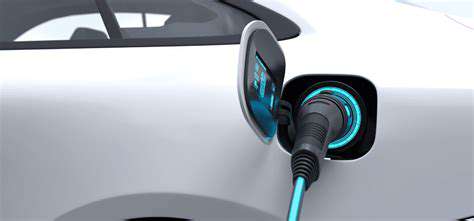
Optimizing Charger Placement
When planning stops, look for charging plazas with amenities like restrooms and shade. The best charging stations I've used were at shopping centers where I could run errands while waiting. Avoid locations where you'll need to circle endlessly looking for parking - that wastes precious battery power.
Understanding Charger Types
Level 3 DC fast chargers are great for quick boosts, but frequent use can strain your battery. For regular daily charging, Level 2 is gentler on your battery's long-term health. When possible, I alternate between fast charging for road trips and slower charging at home or hotels.
The Importance of Responsible Charging Habits
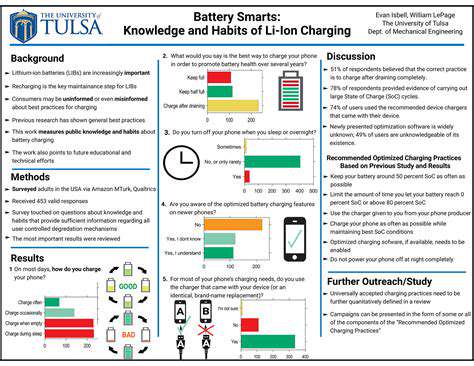
The Significance of Responsibility in Character
Being an EV ambassador means modeling good behavior. I always: 1) Report broken chargers through the app, 2) Share tips with new EV owners, and 3) Thank property owners who provide charging. These small actions help build a positive EV community culture. After all, we're all in this electric future together.

